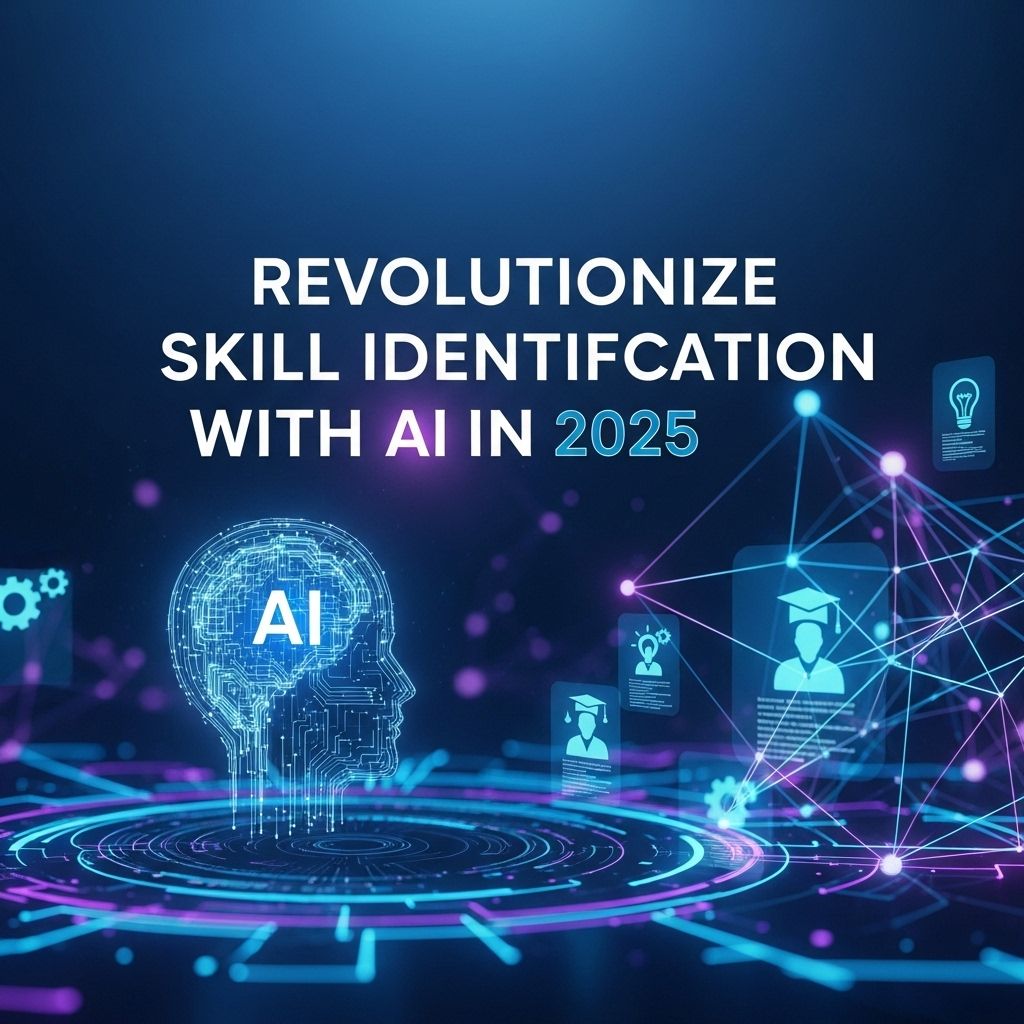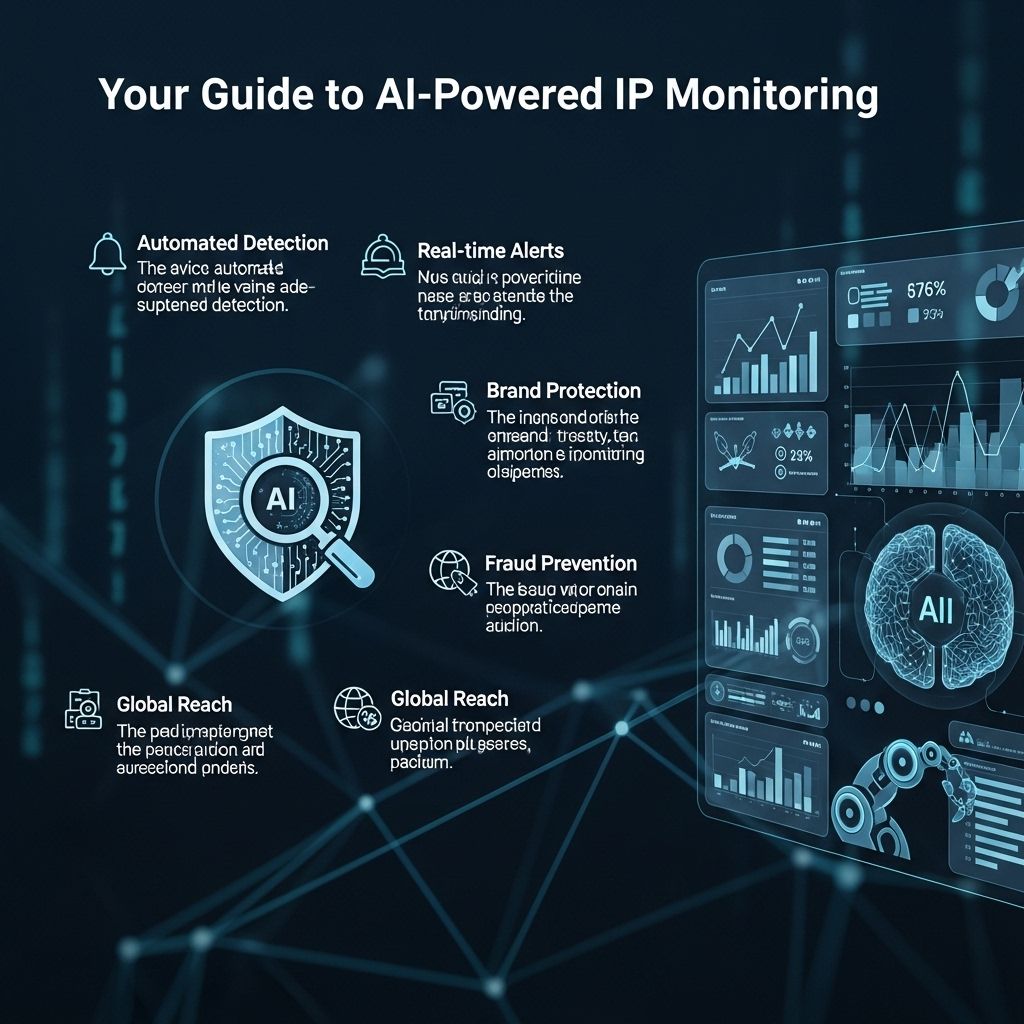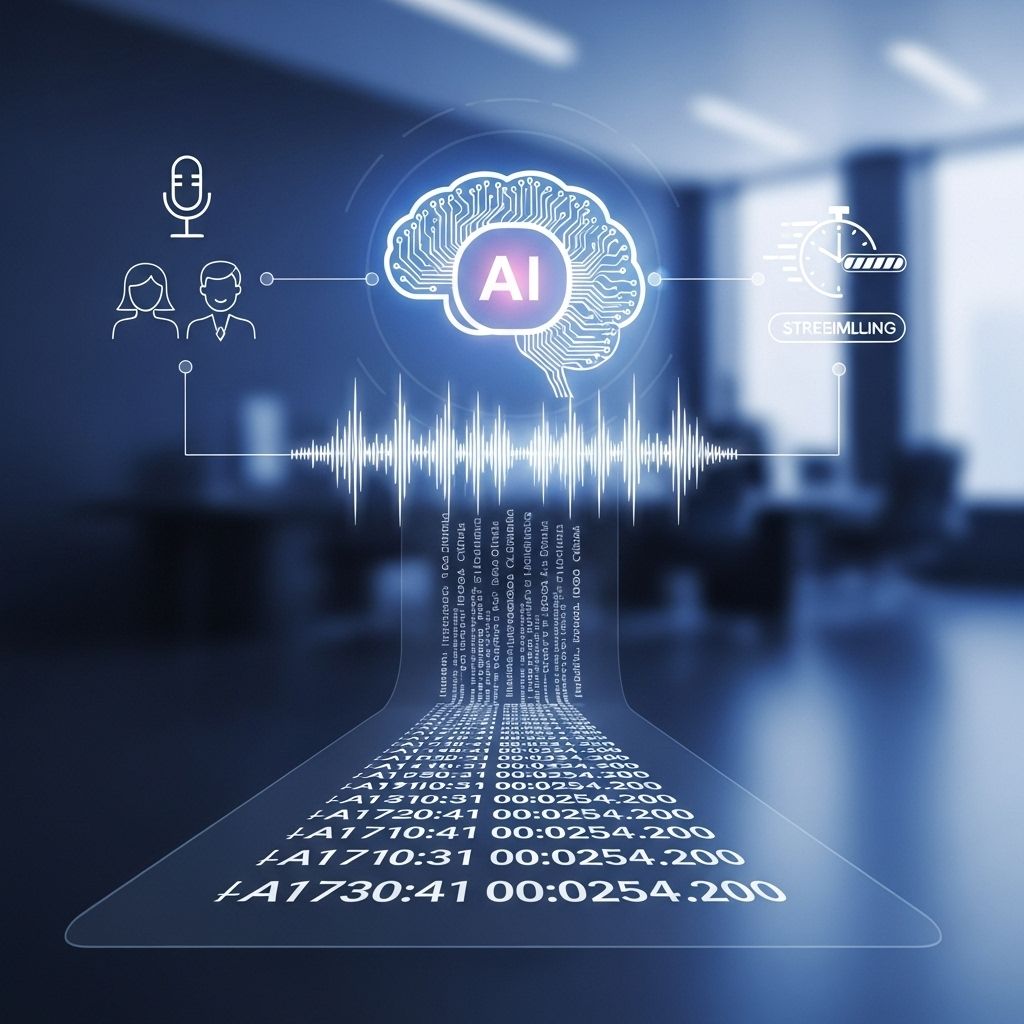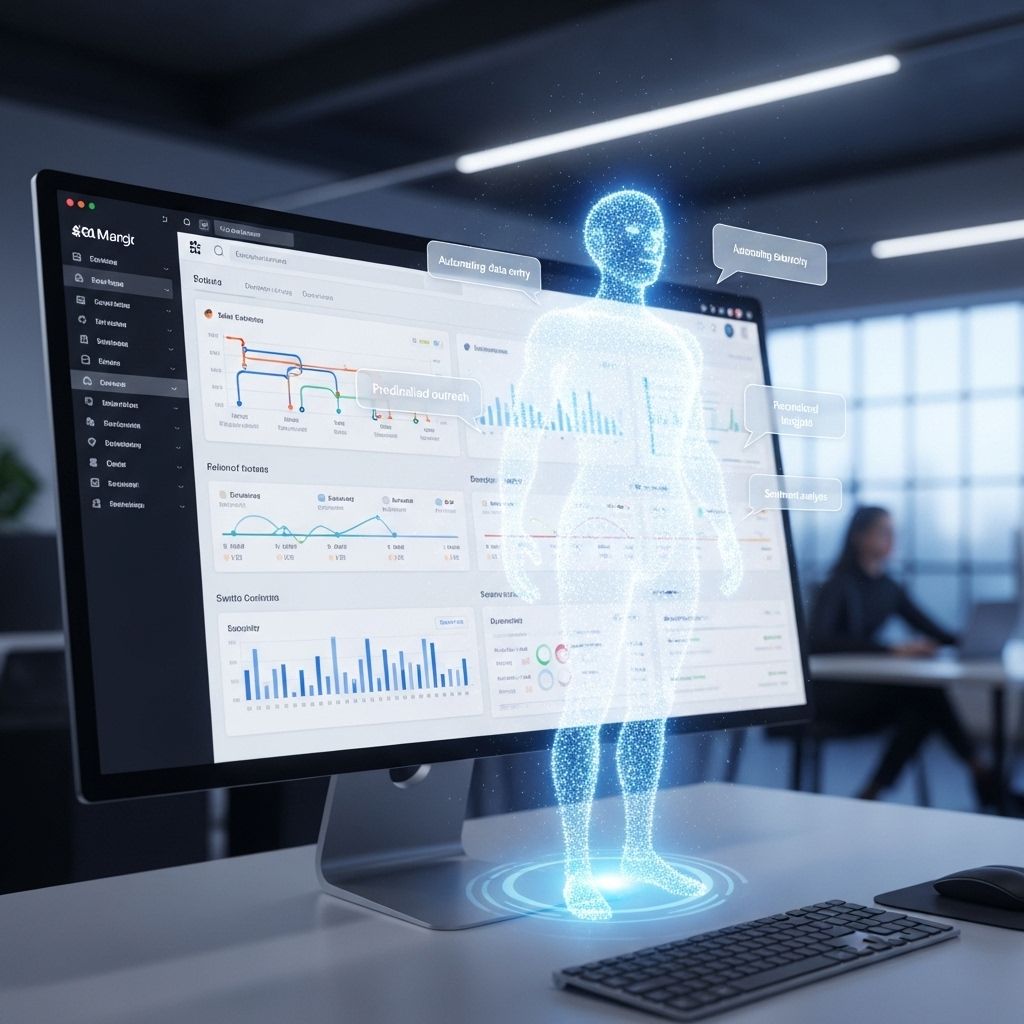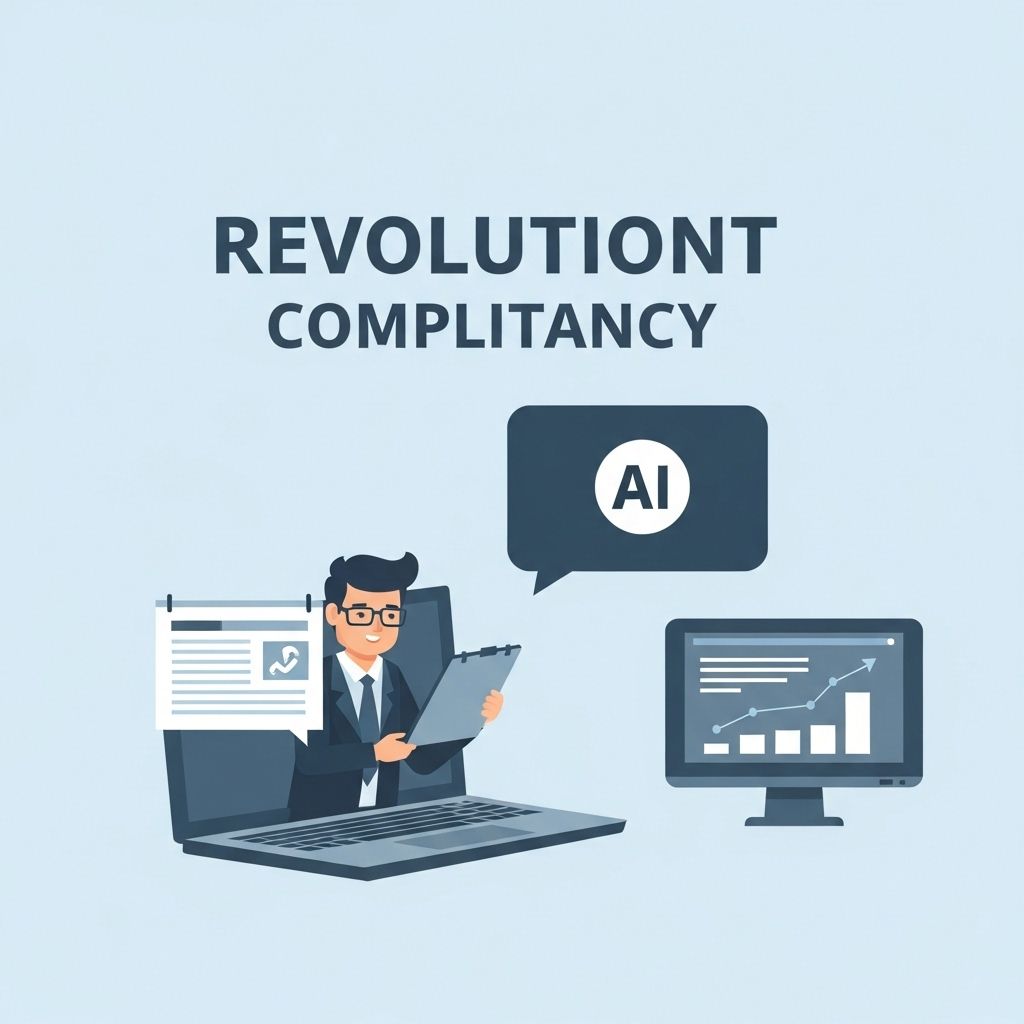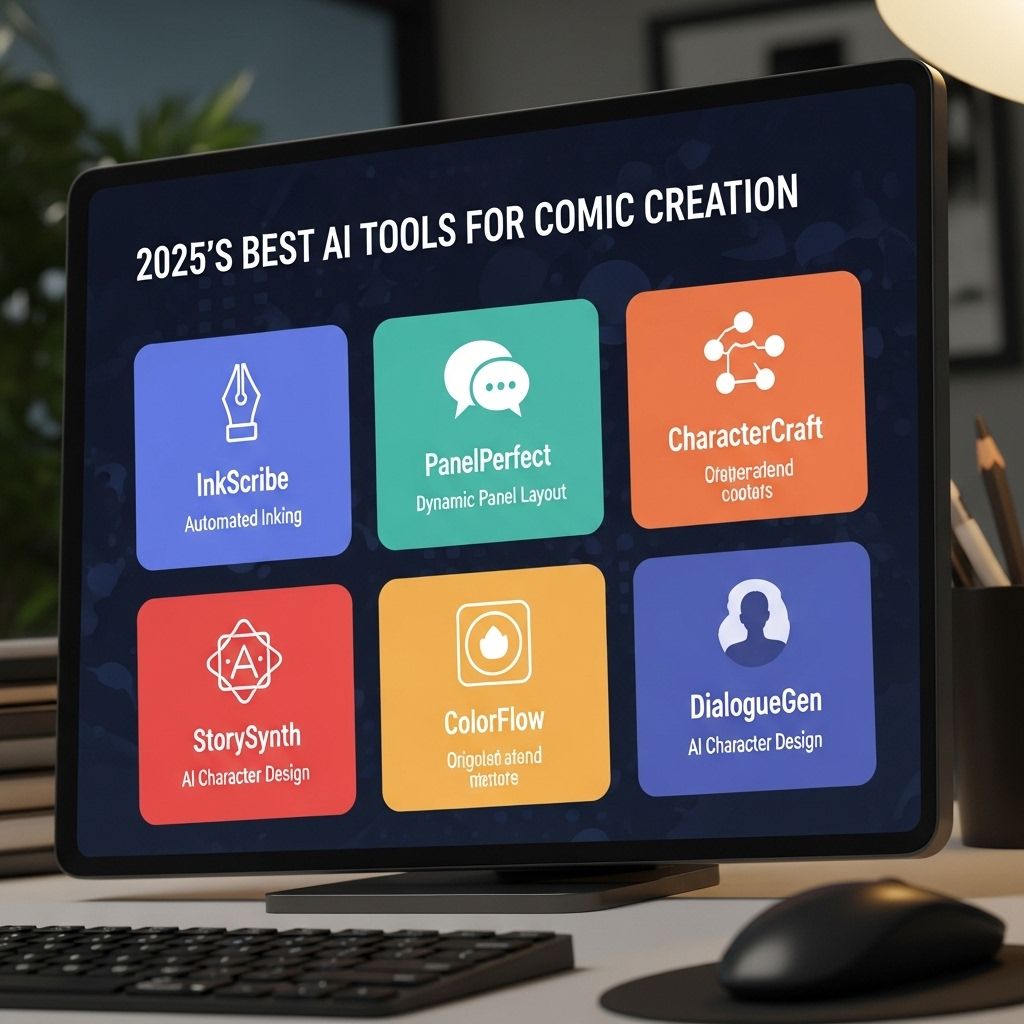Boost Collaboration with AI-Driven Internal Platforms
Discover how AI-driven internal platforms can enhance collaboration within your team, increasing productivity and fostering innovation.
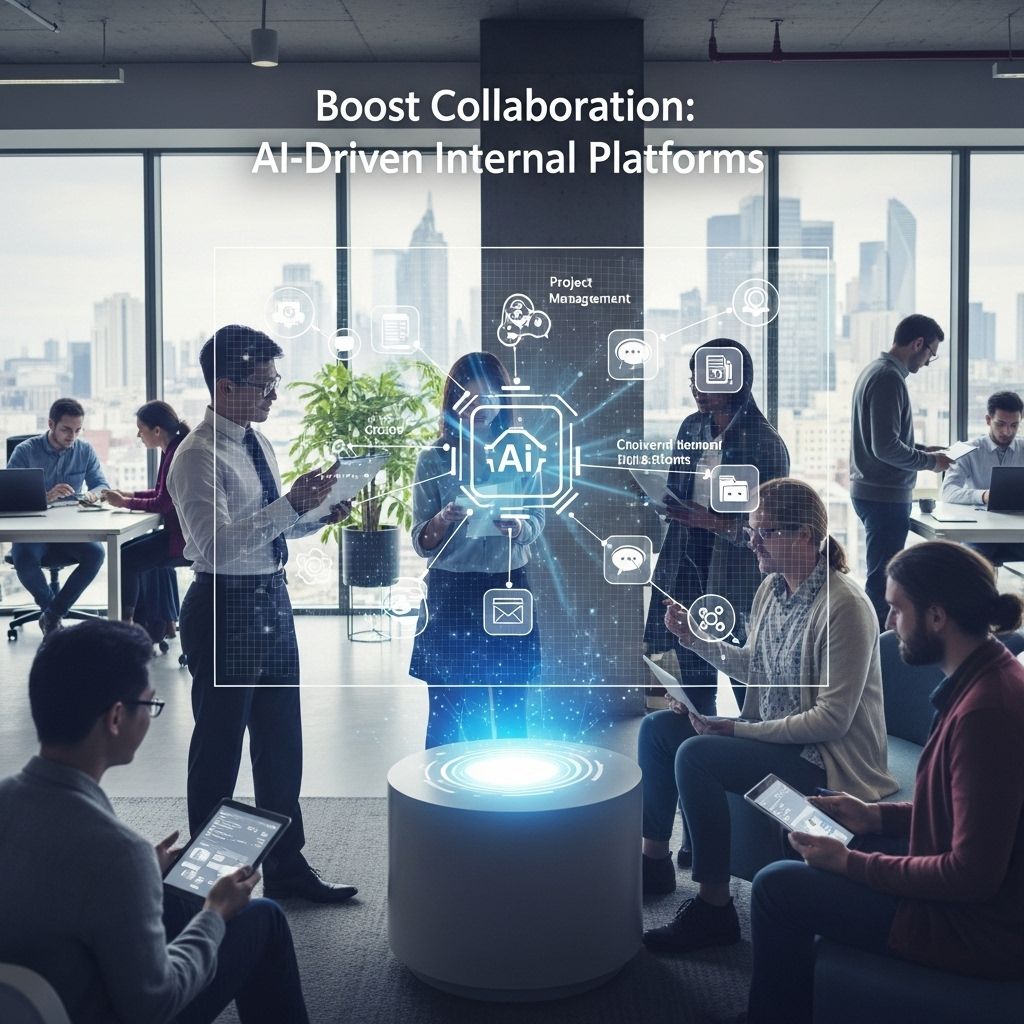
In the age of rapid technological advancement, businesses are constantly seeking innovative methods to enhance teamwork and productivity among their employees. One of the most promising developments in this realm is the rise of AI-driven internal platforms. These platforms leverage artificial intelligence to streamline communication, facilitate knowledge sharing, and foster a collaborative culture. This article delves into the various aspects of AI-driven internal platforms, their benefits, and how they can revolutionize the way teams operate.
Table of Contents
Understanding AI-Driven Internal Platforms
AI-driven internal platforms are software solutions designed to improve internal communication and collaboration within organizations. They typically combine various tools such as chat applications, project management software, and file sharing systems into a single cohesive unit. By integrating AI technologies, these platforms offer intelligent features that enhance user experience and drive productivity.
Key Features of AI-Driven Platforms
- Natural Language Processing (NLP): NLP allows the platform to understand and interpret human language, enabling more intuitive interactions between users and the software.
- Automated Workflows: AI can automate repetitive tasks, such as scheduling meetings or sending reminders, freeing up employees to focus on higher-value activities.
- Smart Recommendations: These platforms can analyze user behavior and provide personalized suggestions for documents, tasks, or team members to enhance collaboration.
- Data Analysis: AI-driven platforms can sift through vast amounts of data to provide insights that drive decision-making processes.
Benefits of Implementing AI-Driven Internal Platforms
Enhanced Communication
Effective communication is the cornerstone of any successful organization. AI-driven platforms facilitate seamless communication by:
- Offering real-time messaging and video conferencing tools.
- Integrating multiple communication channels into a single interface.
- Utilizing AI chatbots to provide instant support and answers to employee queries.
Increased Productivity
By automating time-consuming tasks, AI-driven internal platforms can significantly boost productivity. Employees can focus on strategic initiatives instead of getting bogged down by administrative work. Key productivity enhancements include:
| Task | Traditional Method | AI-Driven Method |
|---|---|---|
| Meeting Scheduling | Manual email back-and-forth | Automated calendar integration |
| Document Search | Keyword-based search | Contextual search with AI suggestions |
| Progress Tracking | Weekly status reports | Real-time analytics and dashboards |
Improved Knowledge Sharing
AI-driven platforms make it easier for teams to share knowledge and collaborate on projects. The benefits include:
- Centralized Knowledge Base: Employees can easily access documents, resources, and previous project insights in one location.
- Enhanced Collaboration Tools: Built-in tools for collaborative document editing and project management help teams work together more effectively.
- AI Curated Content: AI algorithms can surface relevant information to users based on their work patterns and project needs.
Implementation Strategies for AI-Driven Platforms
Assessing Organizational Needs
Before implementing an AI-driven platform, organizations should assess their specific needs and objectives. Key considerations include:
- Identifying current pain points in communication and collaboration.
- Determining the key features that will add the most value.
- Setting clear goals and success metrics for the implementation.
Choosing the Right Technology
Selecting the appropriate AI-driven platform is crucial for success. Factors to consider include:
- Scalability to accommodate future growth.
- User-friendliness to encourage adoption across the organization.
- Integration capabilities with existing systems and tools.
Training and Support
Once a platform is selected, providing adequate training and support for employees is essential. Organizations should:
- Conduct training sessions to familiarize employees with the platform’s features.
- Offer ongoing support through dedicated help desks or user forums.
- Gather feedback to continuously improve the user experience.
Case Studies: Successful Implementation
Company A: Improving Team Collaboration
Company A, a mid-sized tech firm, struggled with communication barriers across its teams. By implementing an AI-driven internal platform, they:
- Increased project completion rates by 30% within the first quarter.
- Reduced time spent on meetings by 25% through automated scheduling.
- Enhanced employee satisfaction scores due to improved work-life balance.
Company B: Streamlining Workflow
Company B, a global manufacturing company, faced challenges with document management. After transitioning to an AI-driven platform, they achieved:
- A 40% reduction in document retrieval time.
- Higher accuracy in project reporting through real-time analytics.
- Increased collaboration across international teams, leading to a 20% increase in innovation.
Future Trends in AI-Driven Collaboration
The Rise of Virtual Assistants
As AI continues to evolve, we can expect to see an increase in virtual assistants integrated into internal platforms. These assistants will help manage tasks, schedule meetings, and provide updates seamlessly.
Greater Personalization
Future AI-driven platforms will likely offer even more personalized experiences. Leveraging advanced data analytics will enable organizations to tailor features and content according to individual user preferences.
AI-Powered Decision Making
AI’s role in decision-making processes will grow, with platforms providing insights and recommendations based on historical data and predictive analytics. This will enable organizations to make more informed, data-driven decisions.
Conclusion
AI-driven internal platforms represent a significant advancement in enhancing collaboration and productivity within organizations. By streamlining communication, automating tasks, and facilitating knowledge sharing, these platforms empower teams to work more effectively. As businesses continue to embrace digital transformation, the implementation of AI-driven platforms will undoubtedly play a crucial role in shaping the future of work.
FAQ
What are AI-driven internal platforms?
AI-driven internal platforms are software solutions that leverage artificial intelligence to enhance collaboration, communication, and productivity within organizations.
How can AI improve collaboration in teams?
AI can improve collaboration by automating repetitive tasks, providing intelligent insights, facilitating real-time communication, and personalizing user experiences.
What features should I look for in an AI-driven collaboration platform?
Key features include integrated communication tools, task automation, analytics capabilities, user-friendly interface, and compatibility with existing software.
Can AI-driven platforms enhance remote teamwork?
Yes, AI-driven platforms can enhance remote teamwork by enabling seamless communication, virtual brainstorming sessions, and project management tools that keep everyone aligned.
What are the benefits of using AI in internal collaboration?
Benefits include increased efficiency, improved decision-making, enhanced employee engagement, and the ability to leverage data for better project outcomes.
Are AI-driven collaboration tools secure?
Most reputable AI-driven collaboration tools prioritize security, offering features like data encryption, user authentication, and compliance with industry standards.

